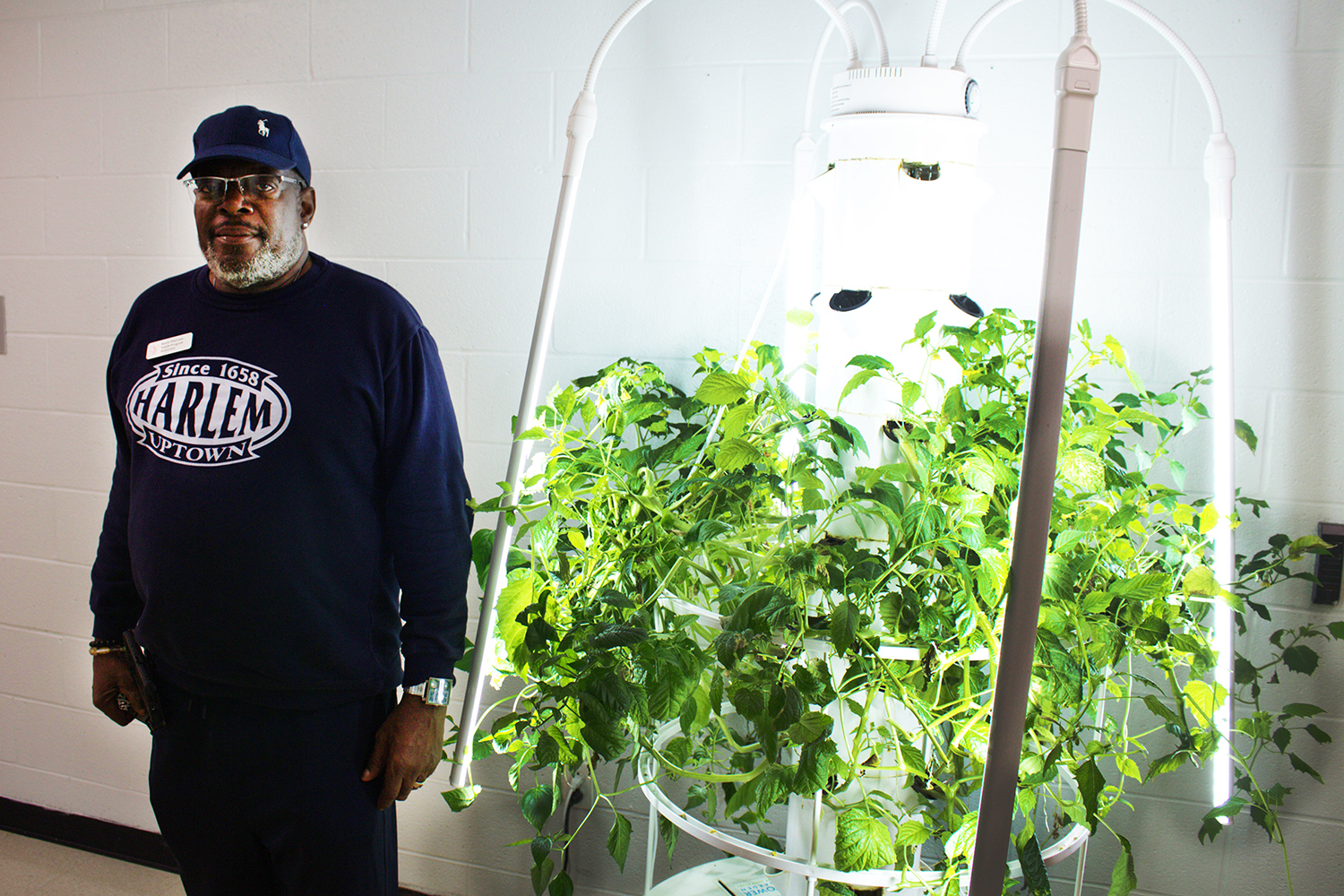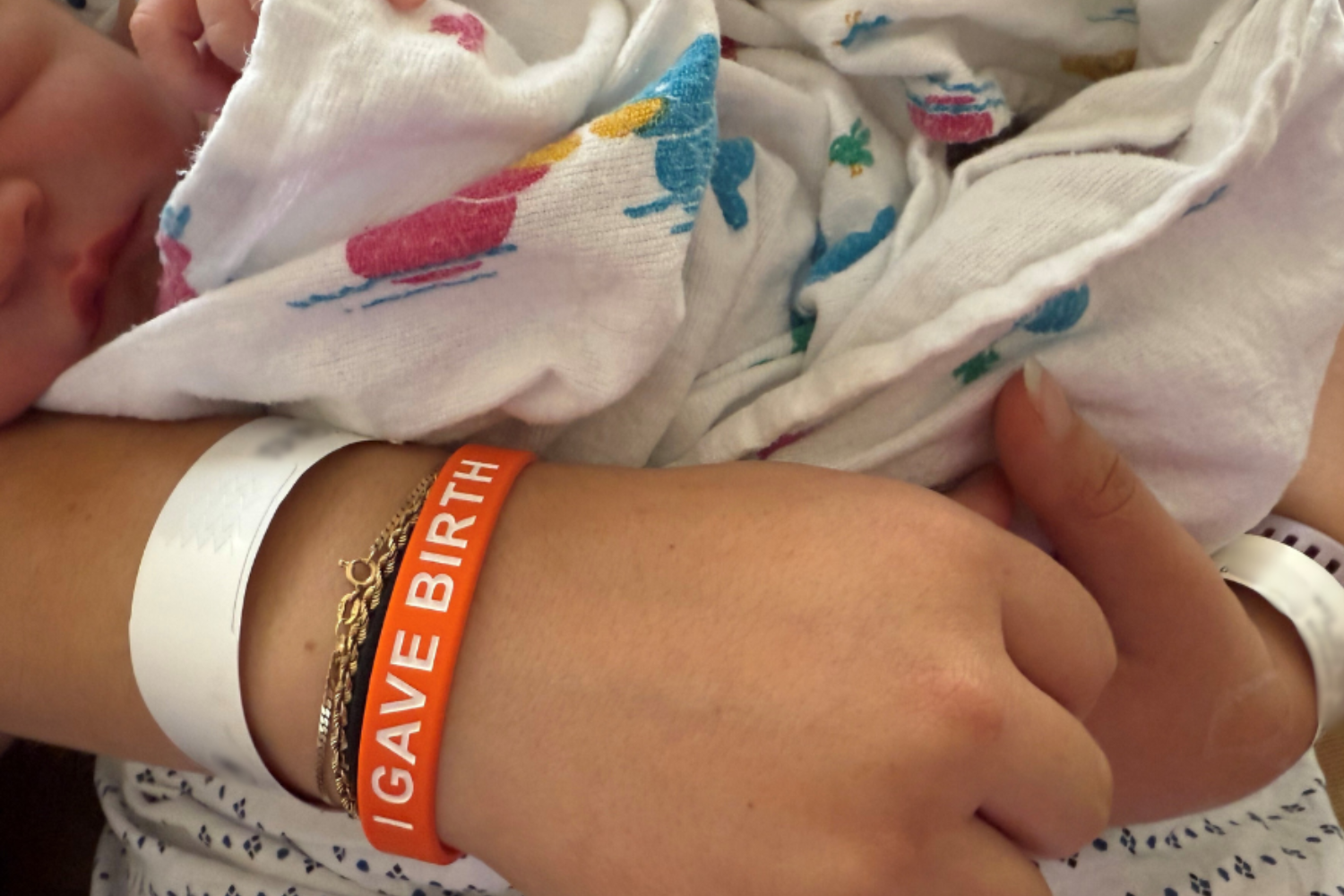Dyslexia makes reading a struggle for millions of people, but the learning disability is rarely diagnosed before age seven. Now, a team of educators and scientists led by UConn professors has made a game-like app that could help teachers identify younger kids at risk.
The longer it takes to identify dyslexia, the more time a child spends struggling to read and the more time must be invested to get the same level of improvement in reading skills, says Fumiko Hoeft, director of the Brain Imaging Research Center at UConn.
“It’s never too late to identify dyslexia…but for every year after pre-kindergarten you wait, the effect of the intervention goes down by 25-50%,” says Hoeft.
So Hoeft, Devin Kearns of UConn’s Neag School of Education, and colleagues from University of California, San Francisco, and MIT, have designed an app — a mobile device application — that teachers can use to test children whom they are concerned about. The researchers worked with Boston-based non-profit Curious Learning to make the app like a game, with colorful little animals that need to be fed by the correct answers and tasks that test skills such as decoding and working memory.
Dyslexia is common enough that most people in the U.S. are familiar with it, but it’s not a straightforward disability. Broadly defined, dyslexia means a person has more than usual difficulty reading. But the ways it manifests can be diverse and subtle. Many people with dyslexia have difficulty processing sounds and matching them with the right letter; they may replace one sound with another (b with c so that ‘bat’ becomes ‘cat’, for example); or they may have difficulty understanding rhyming.
One of the reasons dyslexia takes so long to identify in children in the U.S. is that English has a complex orthography. That is, the rules of spelling and representing sounds in English are not straightforward. Other countries that speak languages with simpler orthographies identify dyslexia at earlier ages.
It takes English speaking children years to learn to read and at least a couple of years for the educational system to show that a child is significantly lagging his or her peers in reading. It’s called the “wait to fail” model, and it causes many children’s dyslexia to not be diagnosed until ages 8 to 10, so that they lose a significant amount of educational time.
Once a teacher or parent identifies a child as being at risk for dyslexia, a neuropsychological evaluation can zoom in on the child’s specific deficits. But such an evaluation is a lengthy process, usually requiring three half-days of testing and costing around $2,000 in Connecticut. It’s impractical to do that for every kindergartner.
“English is a logical system, but to understand it takes time. In other countries, kids with dyslexia are more often identified by reading fluency,” says Kearns, an associate professor of educational psychology.
So far, researchers have tested the app on 270 kids in nine Connecticut schools: Union, Bozrah, Windsor, Willmer Woodson, Hebron, Brooklyn, Woodstock, Willington, and Franklin. This year, they’ve broadened out to work with schools in New Hampshire, New Jersey, Florida, Colorado, Georgia, Oklahoma and California. They are actively looking for partners in other regions of the nation, particularly the Midwestern states of North Dakota, South Dakota, Nebraska, Kansas, Minnesota, Iowa, Missouri, Wisconsin, Illinois, Indiana, Michigan and Ohio.
The goal is to have more than 2,000 kids participate—from all regions of the U.S. and from diverse schools in urban, suburban and rural communities.
“The data will allow us to norm the test and be confident that we give schools scores that compare kids across the entire country,” Kearns says. Ultimately, the team would like to get something accurate and freely available to the public by the end of 2020-2021 school year.
The project is called APPRISE, and teachers interested in participating can reach out directly to Kearns and Hoeft through the website.



